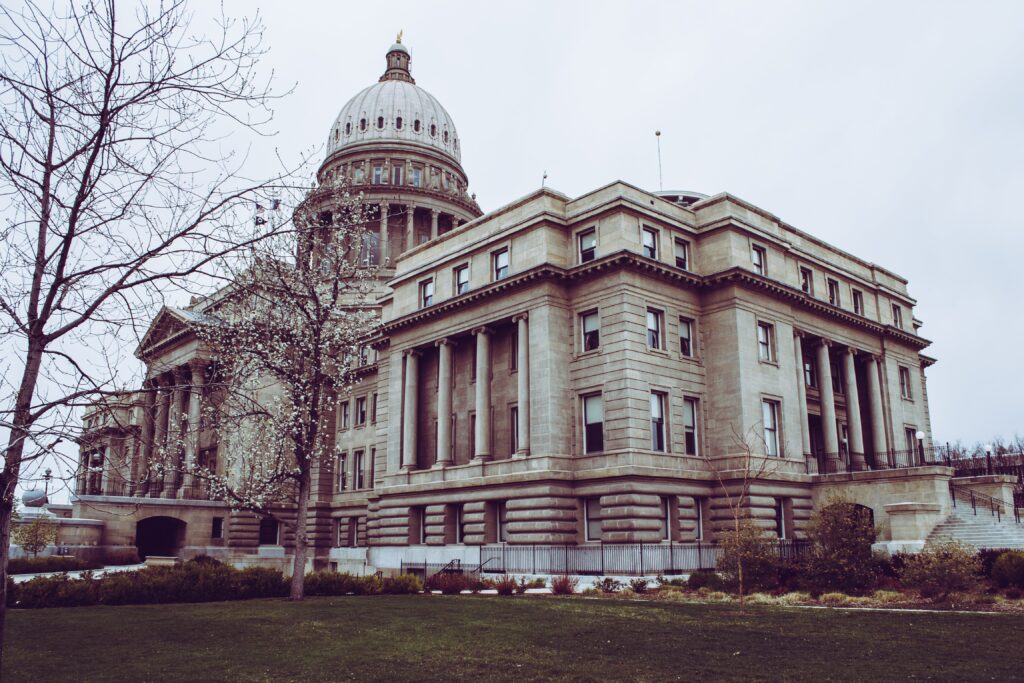Introduction
Within the United States, numerous regulatory bodies bear distinct responsibilities. For professionals operating in sectors governed by environmental regulations, staying well-informed about these agencies is crucial. In this blog, we delve into some of the key agencies, explaining their functions and underscoring the critical relevance of this knowledge for your business awareness.

The Environmental Protection Agency (EPA)
The Environmental Protection Agency (commonly referred to as the EPA) was established on December 2, 1970. The EPA plays a major role in regulating and safeguarding the environment in the United States. One of the ways they do this is by establishing various rules including setting and enforcing standards for different pollutant and contaminants, collaborating with other international environmental agencies, and even sometimes getting involved when there is a very major spill or release incident.

Throughout its existence, the EPA has been a point of contention as political parties have different ideas around environmental and economic policy. It is important to understand what the EPA does and to keep up with their regulations to ensure you and/or your business is compliant with these regulations to avoid potential penalties.

Occupational Safety and Health Administration (OSHA)
The Occupational Safety and Health Administration (commonly referred to as OSHA) was also established in 1970 and operates under the Department of Labor. One of the main things that OSHA does is that they develop and enforce health and safety regulations for a wide range of different industries within the United States.

It is also incredibly important to understand the role that OSHA plays, the regulations they enact, and that you comply with these regulations to avoid fines and other types of potential penalties. It is also important to keep in mind that some states operate their own programs that may have additional regulations on top of the ones implemented by OSHA at the federal level.

National Response Center (NRC)
The National Response Center (also known as the NRC) was established in 1974 and today plays a major role in emergency spill response and reporting. This organization operates 24/7/365 and once an incident is reported they can play a major role in coordinating response efforts to an incident. It is incredibly important for everyone to understand what the NRC does and reporting requirements as failing to report particular incidents could result in a wide variety of different civil and sometimes even criminal penalties.

Local Emergency Planning Committees (LEPCs)
Local Emergency Planning Committees (also referred to as LEPCs) are organizations that are much smaller as they are operated at the county instead of federal level. These committees were established in 1986 with the main purpose of ensuring that the public is prepared to respond in the event of a hazardous materials incident by developing and implementing emergency plans. LEPCs collaborative and community-focused approach contributes to the overall safety and well-being of residents and the environment.

Conclusion
This blog has highlighted the roles of the EPA, OSHA, the NRC, and LEPCs, in environmental governance, it’s essential to recognize the diverse landscape of government organizations dedicated to environmental protection. Numerous agencies at various levels contribute to comprehensive frameworks addressing environmental concerns, regulations, emergency response, and much more.


